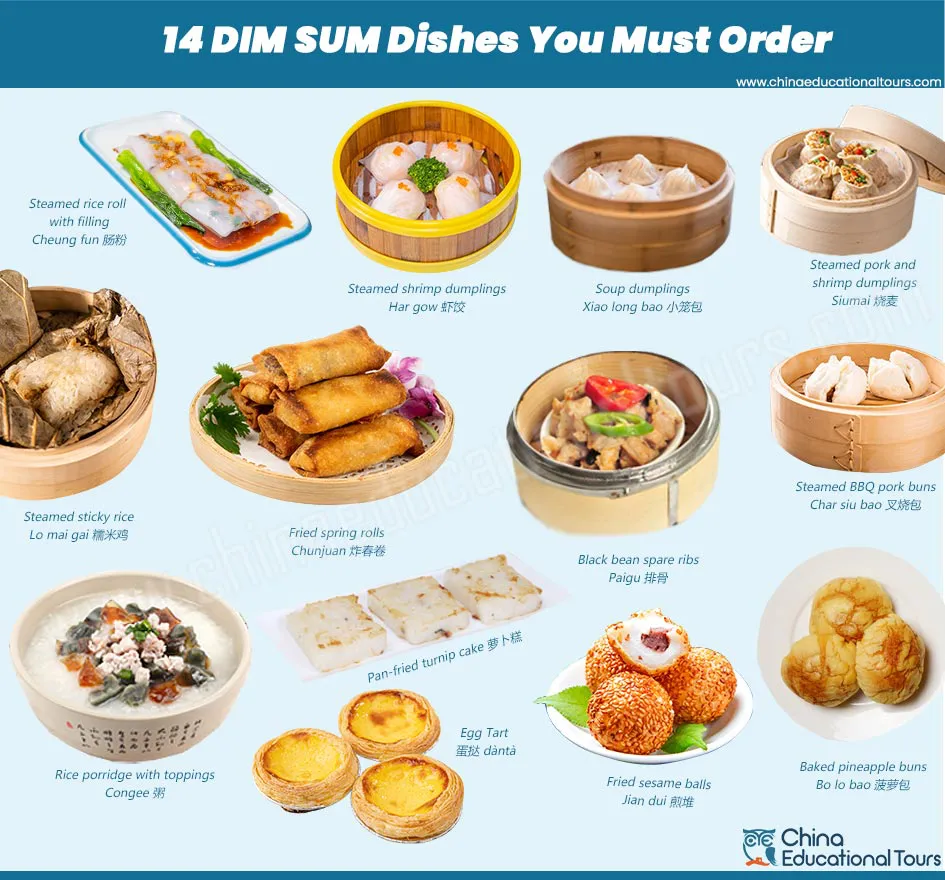Okay, so I’ve always been a HUGE fan of dim sum. Like, seriously, give me all the dumplings and buns. But I’d always just gone to restaurants for it. Figured it was too complicated to make at home, right? Wrong! I decided to finally try my hand at making some classic dim sum dishes, and I’m here to tell you all about it.

My Dim Sum Adventure Begins
First, I needed a plan. No way was I going in blind. I hit up the internet and looked for some recipes for the real common stuff: Har Gow (shrimp dumplings), Siu Mai (pork and shrimp dumplings), and Char Siu Bao (barbecue pork buns). I found some that looked doable, not too crazy with the ingredients.
Next up, the dreaded grocery store trip. I swear, finding everything took forever! I felt like I was on a scavenger hunt. But, I managed to get all the stuff – shrimp, pork, chives, water chestnuts, all that good stuff. Plus, the wrappers! Gotta have those pre-made wrappers, ain’t nobody got time to make those from scratch.
Getting My Hands Dirty
Back home, it was time to get cooking. I started with the Char Siu Bao filling. That was pretty simple, just chopping up some store-bought char siu pork (cheating, I know, but baby steps!) and mixing it with a sauce. The bun part was a little tricky – the dough was sticky! But I followed the recipe, let it rise, and then filled them up. Into the steamer they went.
Next, the dumplings. Har Gow first. I peeled and deveined the shrimp, chopped them up, and mixed them with seasonings. Now, the wrapping… that was a challenge. The first few looked, uh, rustic. But I kinda got the hang of it after a while. They weren’t perfect, but they were dumplings!
Siu Mai was a little easier. Mixed the ground pork and shrimp with the other ingredients, and then plopped a spoonful onto each wrapper. These ones were open-topped, so the folding was way less stressful.

The Moment of Truth
Everything went into my bamboo steamer (gotta have the right tools, right?). I was seriously nervous. Would they fall apart? Would they taste awful? I waited… and waited… and then, I opened the lid.
Okay, they weren’t restaurant-quality, I’ll admit it. Some of the Har Gow were a little… misshapen. But they smelled AMAZING.
- Char Siu Bao: The buns were fluffy, and the filling was sweet and savory. Success!
- Har Gow: Even though they looked a bit wonky, the shrimp filling was juicy and flavorful.
- Siu Mai: These were probably the best-looking of the bunch, and they tasted great too!
Honestly, I was pretty proud of myself. It was a lot of work, but totally worth it. And you know what? It wasn’t as hard as I thought it would be. If I can do it, anyone can. So, if you’re thinking about making dim sum at home, go for it! Just be prepared for a bit of a learning curve, and don’t expect perfection on your first try. But hey, even imperfect dim sum is still pretty darn good.
